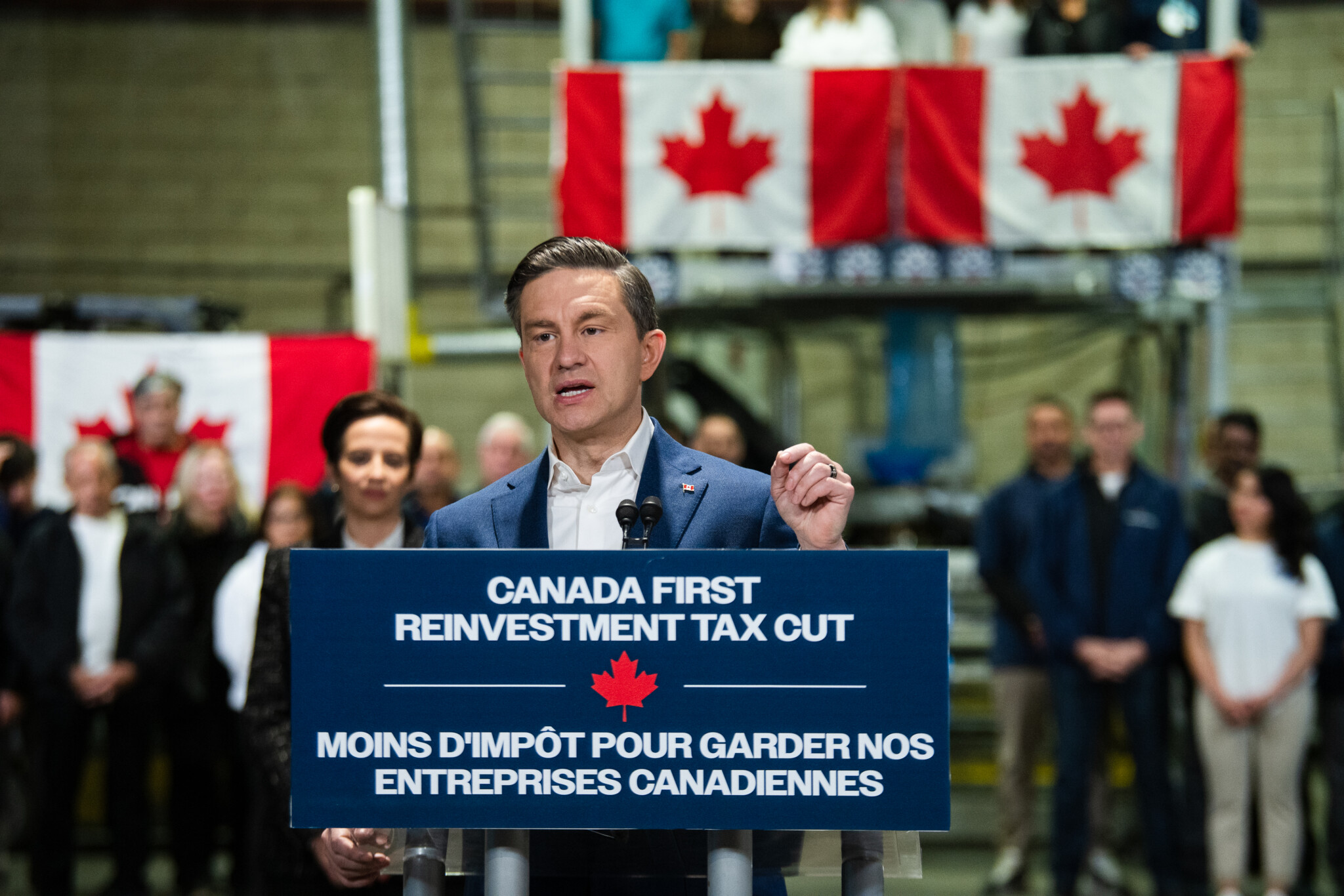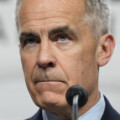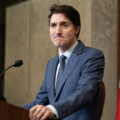The Conservative Party’s platform launch has prompted a lot of focus on the party’s underlying economic and fiscal assumptions—particularly since Pierre Poilievre and other party spokespeople have (rightly) criticized the Liberal plan in recent days.
The Conservatives’ own fiscal plan is a bit of a mixed bag. Similar to the Liberals’, it anticipates ongoing annual deficits for the next four years. The deficits are smaller than the Liberal platform and even the government’s pre-election baseline, but there’s still no clear path to a balanced budget. The result is that even under a Poilievre-led government, Ottawa will have run deficits for a decade and a half and counting.
In order to account for the Conservatives’ big-ticket items like their reduction to personal income tax rates and still lower (if not eliminate) the deficit, they depend on a combination of spending cuts, revenue enhancements, and dynamic scoring.
On the spending cuts, although at a peak of $20.6 billion in 2028-29 they’re higher than those envisioned in the Liberal platform, the Conservatives have itemized their proposed spending reductions, including the projected fiscal gains, such that the plan is testable and ultimately more credible—particularly when stacked up against the Liberal track record of fiscal profligacy and discarded fiscal anchors.
The second category might be characterized as revenue enhancements. The Conservative platform accounts for $20 billion in one-time retaliatory tariff revenues and up to $4.4 billion annually in tightening the rules around tax evasion and tax planning. The former matches the Liberal platform, and the latter reflects a common platform commitment by political parties, including a Liberal promise in 2019 to “crack down on corporate tax loopholes.”
Dynamic scoring is a new element to party platforms in Canada. Liberal platforms have documented the “multiplier effect” of their tax and spending measures but opted not to incorporate these effects in their fiscal plans. The Conservatives’ platform adopts them for roughly half a dozen measures (such as their capital gains deferral proposal or repeal of Bill C-69) that will have growth-enhancing effects. The net effect is to boost projected revenues by as much as $24.5 billion in 2028-29.
The Conservatives’ detailed description of their spending cuts isn’t matched in their explanation of the dynamic scoring. Although the underlying assumptions are validated by former senior public servants and think-tank scholars Philip Cross and Tim Sargent, they’re not set out in the platform itself. It’s hard to know therefore if the assumptions are reasonable and ultimately achievable.
The case for dynamic scoring in theory, though, is quite strong. Most economists and policy scholars would agree that different tax and spending policies will induce different economic effects. Static scoring excludes these behavioural responses and therefore risks providing a precise yet inaccurate projection of the economic and fiscal impacts of different policies. As leading economist Greg Mankiw has explained:
The standard “static scoring” uses a precise but wrong answer—zero—to derive the “sticker price” of a tax cut … As a result, the true price of a tax cut differs predictably from the sticker price, as higher growth will lead to more revenue.
The result is that it can create a bias against growth-enhancing policies. Static scoring effectively treats a dollar in tax cuts the same as a dollar in redistributionist spending. Yet it’s reasonable to assume that a tax cut on capital, for instance, will produce a different economic response than new social spending.
These dynamic effects also incidentally extend to tax increases. Readers will recall that in 2015 the Liberal Party projected that its tax increase on high-income earners would generate $3 billion in annual revenues. Its actual effect proved to be a lot lower because individuals changed their behaviour to minimize their tax burden.
The key point here is that the Conservatives will face justified criticism for failing to include more details about their dynamic scoring, but the notion that they shouldn’t use dynamic scoring at all is wrong. It would effectively penalize the party’s proper focus on boosting economic growth.
Where the Conservative Party really deserves criticism, however, is for its acquiescence in favour of the Trudeau government’s journalism subsidies. After talking about the need for reform (if not their outright repeal), the Conservatives have not only caved but they’ve actually promised to increase them—which effectively puts them to the Left of the Liberals on the growing government takeover of private news media.
One gets the sense that the Conservatives have succumbed to the lobbying of Postmedia, which has essentially convinced politicians that it’s too big to fail as a justification for more and more government funding to sustain its failed business model.
It’s precisely these types of wrong-headed fiscal choices that have the Conservatives and Liberals vying for government in this election with competing plans to run more deficits and accumulate even more debt.









